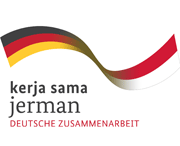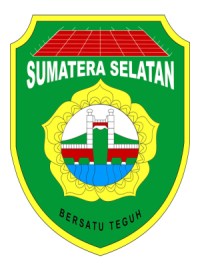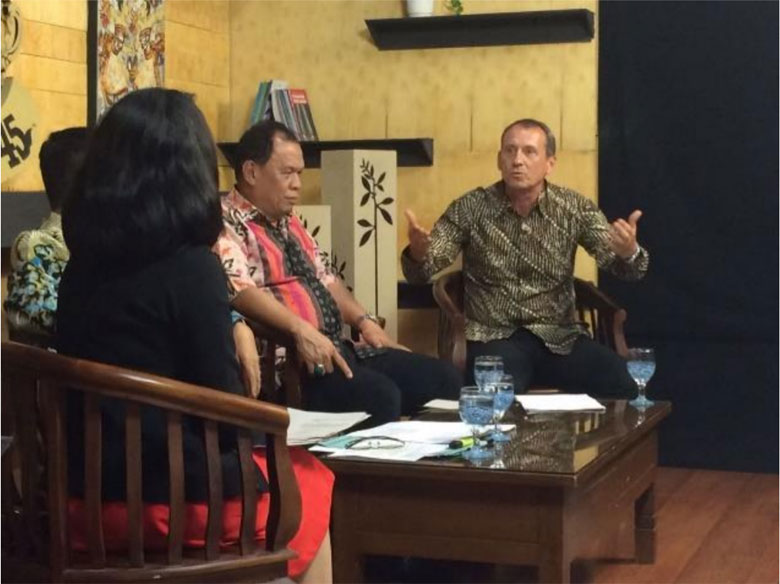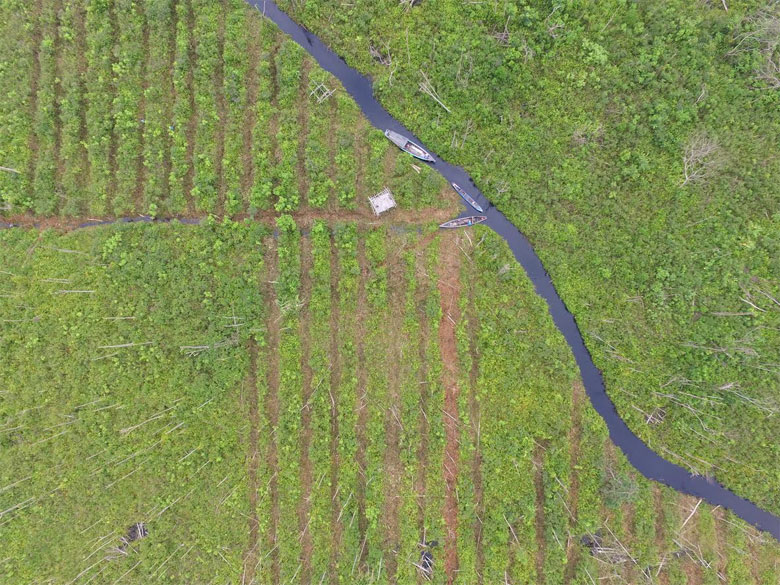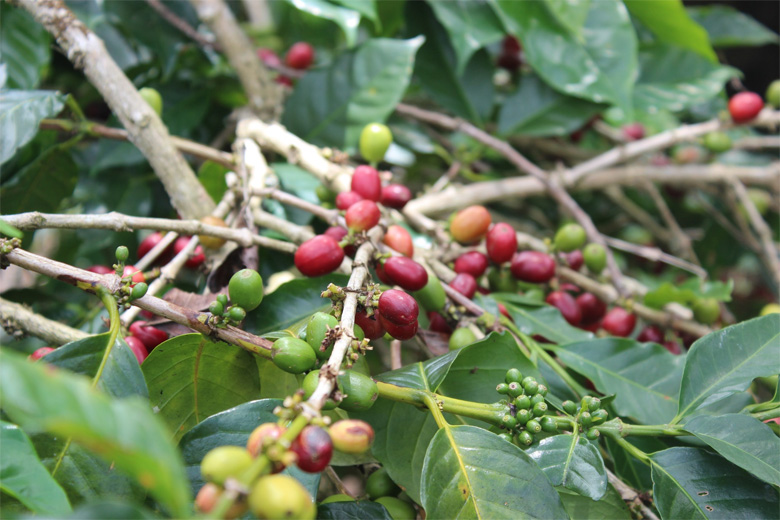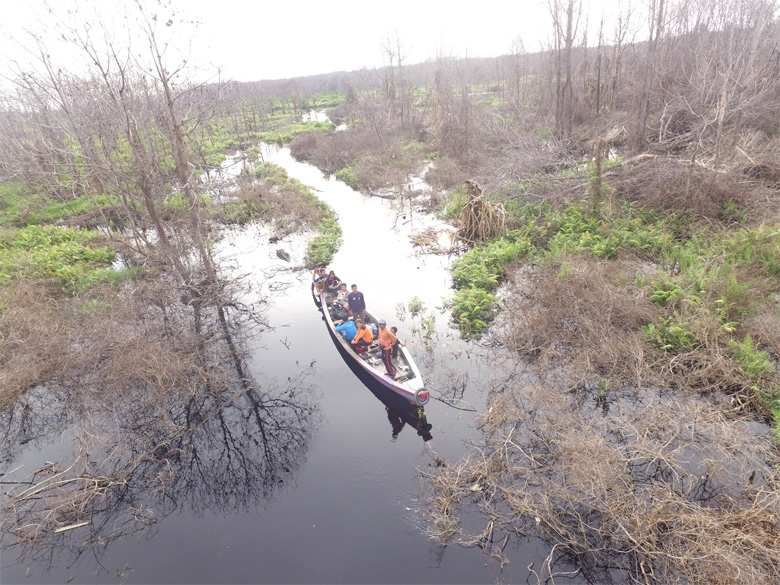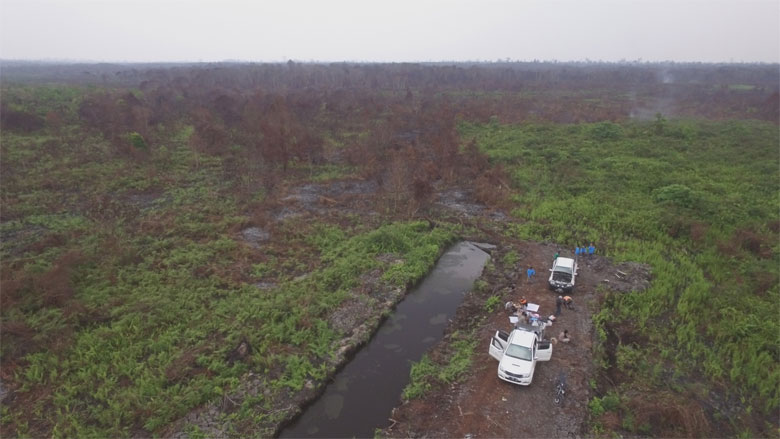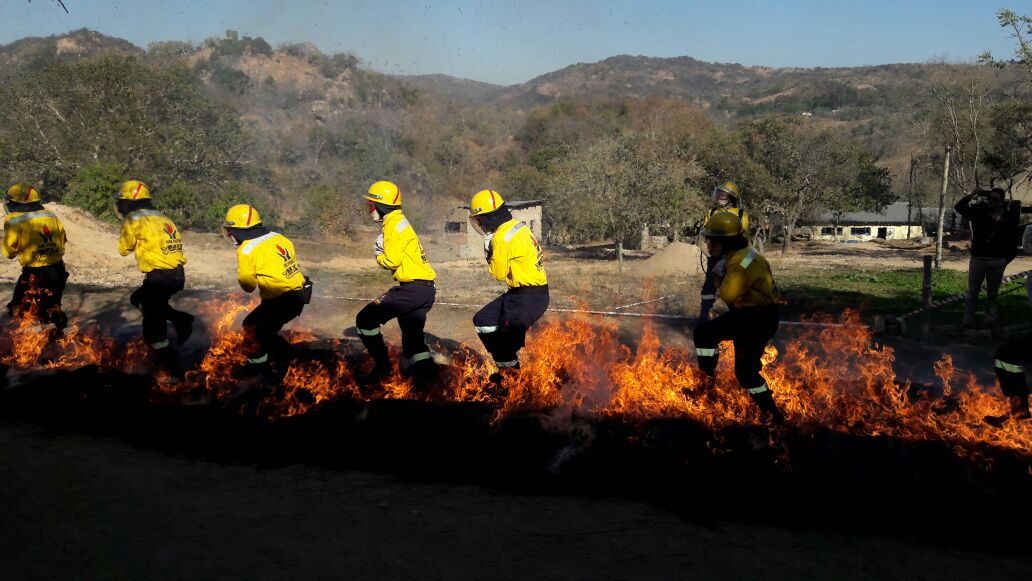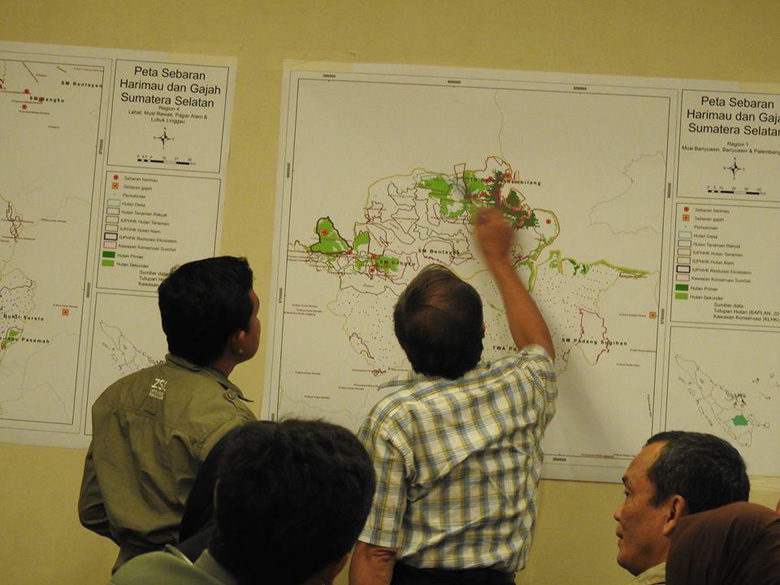Forests in Indonesia
Indonesia has the world’s third largest area of tropical rainforest after Brazil and the Democratic Republic of Congo. Forests in Indonesia cover approximately 133.57 million hectares, or 71% of its total land area (187.9 million ha).
However, the degradation of Indonesia’s forests and decline in biodiversity have occurred on a massive scale as a result of unsustainable forest management, forest fires and illegal logging. In addition to this ongoing degradation, Indonesia’s forests are disappearing at an alarming rate mainly due to the conversion of forest land for other land uses.
Though continually high, deforestation rates have fluctuated between different periods:
- 1982-1990 0.90 million ha/year
- 1990-1997 1.80 million ha/year
- 1997-2000 2.83 million ha/year
- 2000-2005 1.08 million ha/year
- 2011-2012 0.60 million ha/year
The high rate of deforestation in Indonesia has made the country one of the world’s largest emitters of greenhouse gases. The conversion of peatland forests, and uncontrolled forest fires have been major contributors of the emissions from Indonesia’s forest sector. According to the National GHG Inventory, land-use change and the forestry sector contribute more than 50% of Indonesia’s total emissions.
At the Climate Change Conference in Bali (COP13) in December 2007, the high relevance of REDD (Reducing Emissions from Deforestation and Forest Degradation) was recognized, leading to a demand for REDD demonstration activities in order to gain experience in the field.
